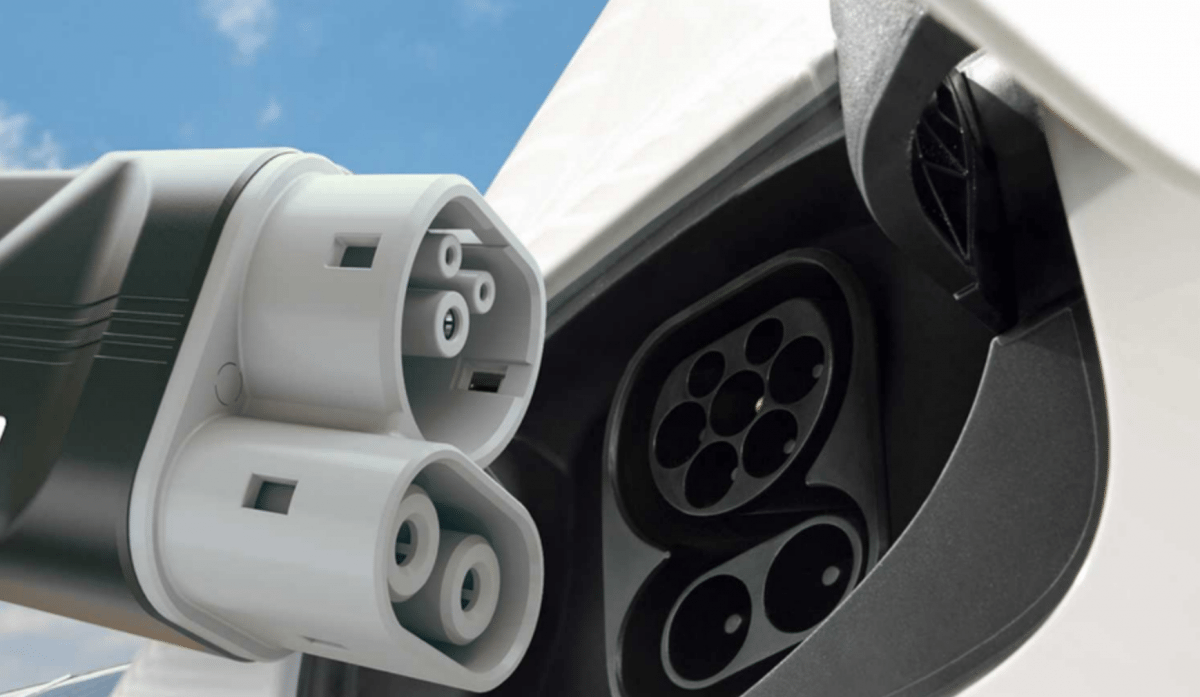Study: The number of e-cars is expected to increase thirty-fold by 2030
Source: Heise.de added 16th Jan 2021The importance of electromobility will increase significantly globally. The Association of Electrical, Electronic and Information Technologies (VDE) describes this development in its recently published study “Logistics, Energy and Mobility 2030″ (PDF). 2019 the number of electric cars including plug-in hybrids and fuel cell vehicles was 4 worldwide, 79 Millions. The experts estimate: By the year 2030 this number will increase to 150 Thirty-fold million.
Increased energy density of the battery cells ” Batteries are already sufficiently well developed for use in the areas of mobility and logistics, “says the VDE analysis, which was carried out as part of the” ICT for Electromobility “program of the Federal Ministry for Economic Affairs and Energy (BMWi). Further optimizations in the area of manufacturing and material costs can be expected through optimized and automated production processes as well as through new material innovations, which often also lead to an increase in energy.
At present, the Lithium-ion technology has been set in which, according to the scientists, Asian manufacturers have a knowledge advantage over Germans. The energy density of a battery cell can be increased by combining new anode materials such as lithium metal with solid electrolyte. In practice, however, the production processes for implementation would still have to be defined. Use in the field of e-mobility is not expected before 2030.
According to the authors, fuel cells represent a flexible and technically mature propulsion energy, especially for heavy haulage and long-distance traffic within ten years. The penetration of the market with hydrogen vehicles will probably only take place between 2030 and 2050.
Biofuels and electricity hardly used yet According to the study, vehicles will still be powered by fossil fuels such as gasoline or diesel in a decade, because other alternative fuels would not be available in sufficient numbers to replace combustion vehicles. At present, more than 90 percent of fuels obtained from mineral oil are used. Biofuels and electricity played only a minor role. With regard to the emission of greenhouse gases, “business as usual” is not an issue for society as a whole.
The energy market will become more heterogeneous in the future, the researchers predict. In order to guarantee the continuous inclusion and expansion of renewable energies in the electricity mix, the network charges and the EEG surcharge would have to be continuously developed. The stability of the grids should be guaranteed even with fluctuating feed-in. On the other hand, the regulation should be avoided in times of high energy yields through flexible storage solutions such as stationary storage batteries or the conversion into hydrogen. A fundamental transformation process in this direction must have taken place by 2030. A further reform of the EEG is necessary, especially in order to exploit the potential of solar systems.
Autonomous cars will remain isolated cases According to the study, the infrastructure must also be adjusted to the changed framework conditions. Charging technologies and infrastructures should be expanded for both battery-powered cars and fuel cell vehicles. For the power grid, the steady increase in e-mobility represents a “demanding but manageable challenge”. The ten million e-vehicles targeted in this country require 2030 one Charging capacity of 10 GW, which is with a total load of around 80 GW in the transmission network a share of 12, 5 percent. Realistic estimates of the effects of charging vehicles on the power grid are necessary.
In ten years’ time, fully autonomous vehicles will at best be used “as individual solutions”, the authors believe. By then, partially to highly automated and fully autonomous minibuses could increasingly be used for passenger transport. Solutions in the sense of feeder and distribution traffic through intelligent networking with existing traffic offers are particularly promising here. Technically, robo-cars would have to be adapted to the flow of traffic: “Particularly with regard to the speed and reliability of the vehicles, high technical hurdles have to be overcome”. Furthermore, a regulatory approval by the legislator is required.
Increasing traffic, limited expansion of the routes The The report reads that traffic performance will steadily increase over the next decade. The most important road and rail routes would be increasingly overcrowded. Since unlimited expansion is not possible, the utilization of existing networks must be optimized: “Otherwise, the transport volume will no longer be able to grow due to traffic jams on highways, stationary freight trains and stuck inland waterways”.
The number and shape of logistics players and mobility service providers is becoming more diverse, the researchers assume. Offers are largely driven by digitization, which enables a better coordination of supply and demand in passenger transport. In view of the expected increase in population, especially in the metropolitan regions, innovative solutions would have to be found here.
Alternative transport concepts Based on two scenarios with a “fly robot” (Flybot) and “advertising logistics” with “micro-depots” as further packing stations for collection, the scientists describe two alternative delivery concepts in which autonomous or automated systems are used.
With “Parcel Concierge” and “Last Mile Market”, the authors also outline two platform-based concepts for transport over the last mile. The first focuses on reducing individual deliveries, while the second is designed to better utilize existing delivery capacities in the store. “DBee-Logistik” focuses on the transport of letters and parcels over long distances. The rail should come back to the train with the help of autonomous container solutions.
(tig)
brands: Best Diesel Diverse Especially First Fly Fossil GW Ict INLAND ION longer Micro Million New One other Replace Shape Solid Solutions Unlimited media: Heise.de
Related posts
Notice: Undefined variable: all_related in /var/www/vhosts/rondea.com/httpdocs/wp-content/themes/rondea-2-0/single-article.php on line 88
Notice: Undefined variable: all_related in /var/www/vhosts/rondea.com/httpdocs/wp-content/themes/rondea-2-0/single-article.php on line 88
Related Products
Notice: Undefined variable: all_related in /var/www/vhosts/rondea.com/httpdocs/wp-content/themes/rondea-2-0/single-article.php on line 91
Warning: Invalid argument supplied for foreach() in /var/www/vhosts/rondea.com/httpdocs/wp-content/themes/rondea-2-0/single-article.php on line 91
